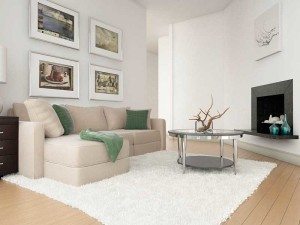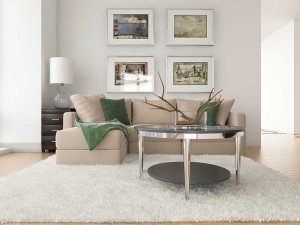3D modeling and interior visualization services provide an immersive and visual representation of interior spaces. These services are utilized by interior designers, architects, real estate developers, and homeowners to bring design concepts to life before actual construction or renovation work begins. The use of advanced 3D software tools allows professionals to create realistic models and renderings, showcasing how an interior space would look with various design elements, such as furniture, lighting, textures, and colors.
Here is an overview of what 3D modeling and interior visualization services typically offer:
1. Conceptual Design: Designers work with clients to understand their vision and requirements for the interior space. This stage usually involves creating mood boards, sketches, and basic layouts.
2. 3D Modeling: Using specialized software like Autodesk 3ds Max, SketchUp, Blender, or Cinema 4D, the designer builds a three-dimensional model of the interior space, including architectural details and any custom furniture or fixtures.
3. Texturing and Materials: To add realism to the model, textures and materials are applied to surfaces. High-quality textures simulate real-world materials like wood, fabric, glass, and metal, providing a realistic look at the different finishes and how they interact with lighting.
4. Lighting: Proper lighting is crucial for creating mood and atmosphere. Designers simulate natural and artificial lighting sources to demonstrate how the space is illuminated at different times of the day or night.
5. Rendering: The 3D model is rendered to produce high-resolution images or videos from selected viewpoints. This process can be computationally intensive, sometimes requiring powerful computers or rendering farms to produce photorealistic results.
6. Post-Processing: After rendering, the images may go through post-processing in software like Adobe Photoshop to tweak colors, contrast, brightness, and to add any final touches that enhance the visual appeal.
7. Virtual Reality (VR) and Augmented Reality (AR): Some services also offer VR and AR capabilities, allowing clients to virtually walk through the interior space using VR headsets or view how certain furniture would look in their existing space using AR applications.
8. Animation and Walkthroughs: For a comprehensive view of the space, animated walkthroughs can be created, allowing the client to experience the design in motion, and providing a tour of the entire interior.
9. Revisions: Based on client feedback, changes and adjustments can be made to the model. Interior visualization services usually include a set number of revisions to ensure the final product meets the client’s expectations.
10. Support and Collaboration: Throughout the process, service providers collaborate with clients, adapting to project needs and sometimes even helping with decision-making by presenting various design options.
Interior visualization is not just about creating stunning visuals; it’s also a powerful communication tool that bridges the gap between technical architectural plans and clients’ understanding of a space. By enabling clients to see and experience their future space, it can lead to more informed decisions and better satisfaction with the final outcome.
We know you are your own biggest critic and we want to see you shine! Everybody is watching and we want to give you a look everybody can feel. A picture is worth a thousand words and architects and designers are nothing unless they can communicate their message.
Vrender Company has a talented team of architectural rendering specialists with over 20 years of experience. We pride ourselves in consistently providing the highest quality architectural rendering services at competitive prices. Being founded by architecture background specialists, our expertise lies in being able to effectively communicate architectural design to whomever it may be. We believe that the core of design lies in articulating a cohesive narrative to a larger audience.
3ds max and Vray.





